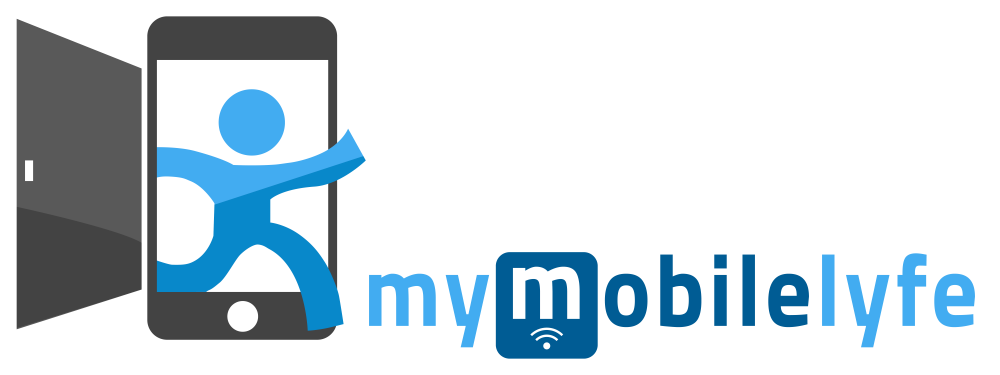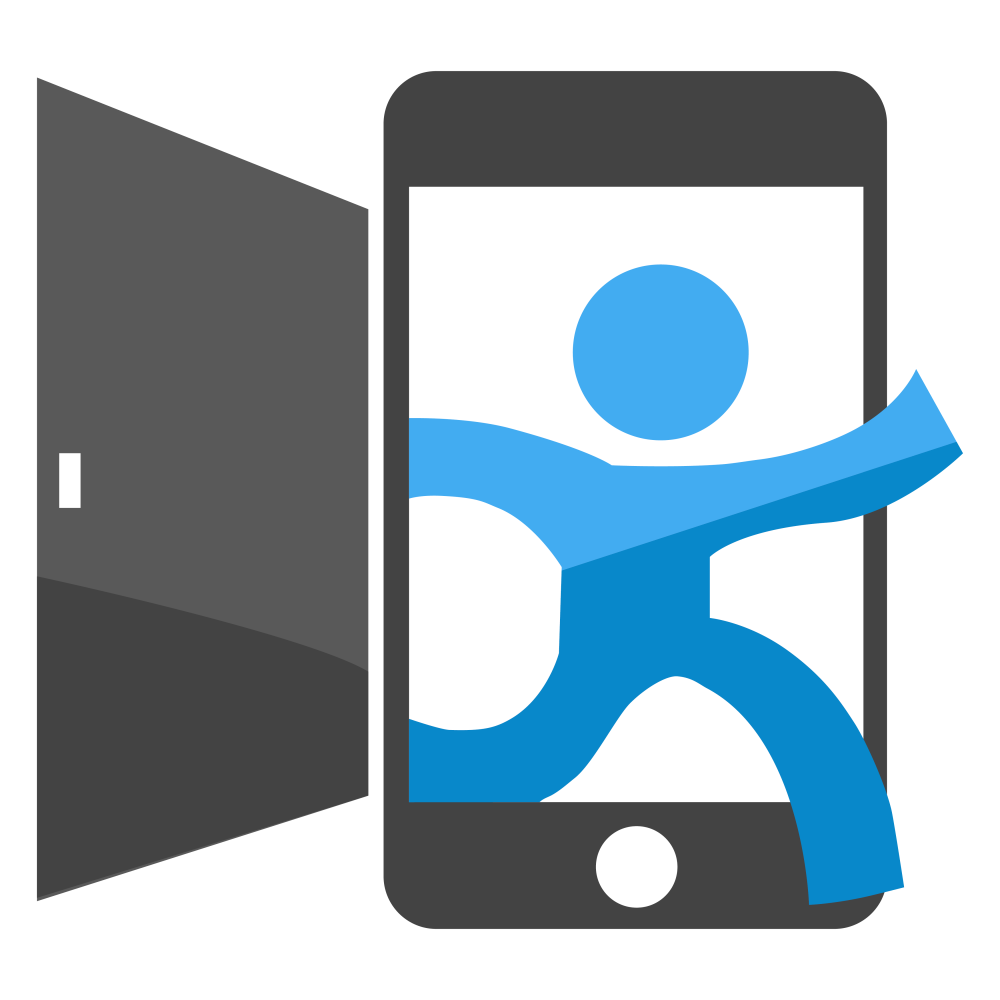Acquiring and retaining customers starts and ends with good content. The better, more useful and more informative and educational the content published by a business is, the better the chances for lead generation and a growing customer base.
 Content can take many forms: narrative articles, blog posts, images and video shared on social media. The common thread is that when published, it plays an integral role in the experience that users have with the brands responsible for the content.
Content can take many forms: narrative articles, blog posts, images and video shared on social media. The common thread is that when published, it plays an integral role in the experience that users have with the brands responsible for the content.
Corporate stories, reviews, tutorials, interviews white papers, calls to action – the success of this type of marketing content is whether its message resonates with the targeted audience, whether it addresses a customer’s wants and needs and brings the customer back for more.
But it all starts with an idea.
There are apps that can help fill the gap between blank slate and finished product. Here are a few of them to help inspire some content creativity:
Skitch: Marketing pros who want to get their points across using annotation, shapes and sketches will find this app useful. Start with an image, then use the toolbox of arrows, shapes and text callouts to inspire content.
Inbound Now: The marketing community’s “Kill Writer’s Block” app creates random post titles with the key terms left blank, to give blog writers a head start in creating an effective headline.
Feedly: A timesaver for content marketing pros who can browse aggregated news published on many different subjects, from tech to cooking to design, to generate ideas.
XMind: This tool has the potential to be essential for people who brainstorm on content by allowing them to create maps and charts to clarify thinking, manage complex information and get work organized.
Are there other apps that you find useful in the content inspiration process? Feel free to let us know about them.
We are MyMobileLyfe and we can help your company develop a content marketing strategy to reach people on the go. Click here to contact us.









Recent Comments